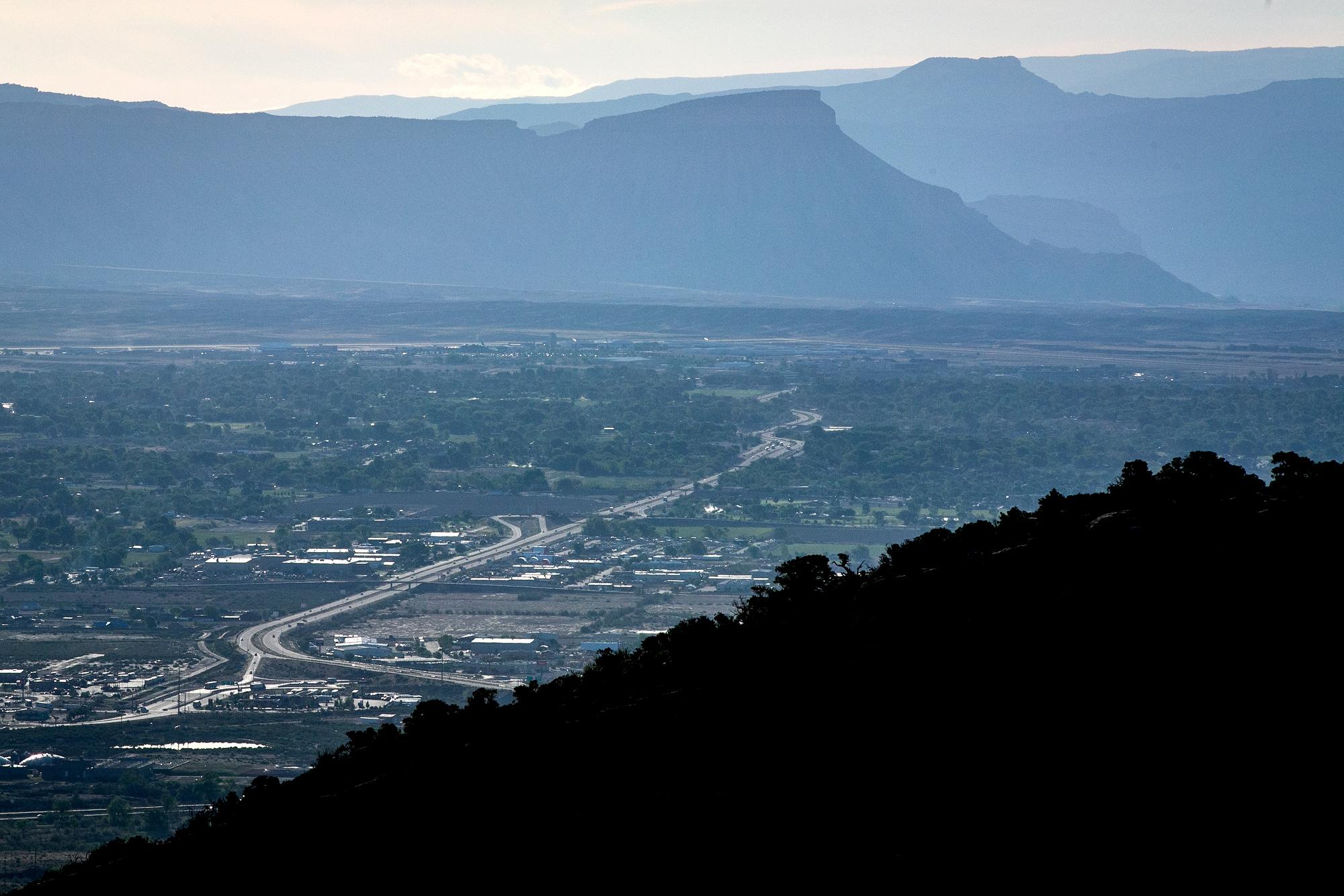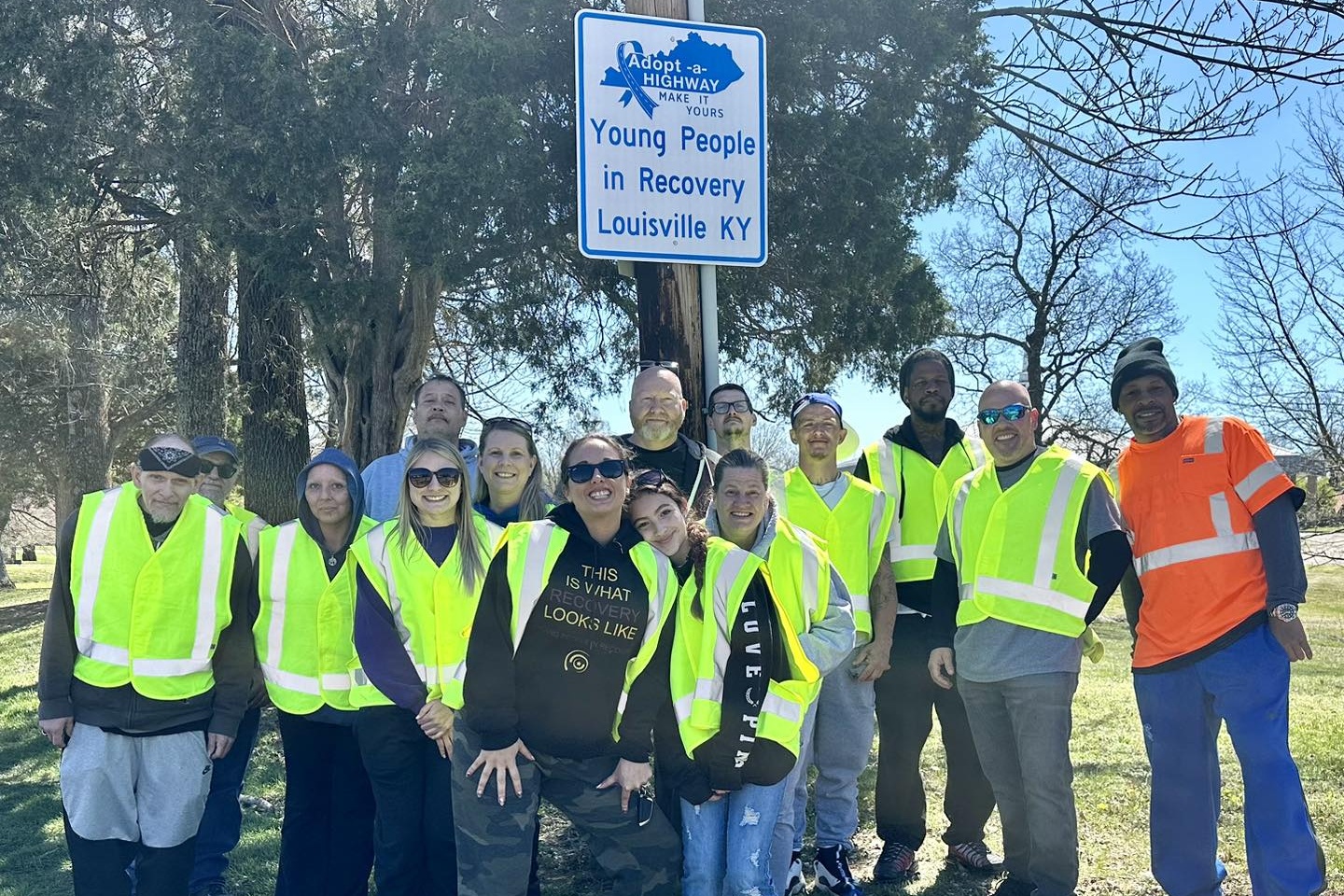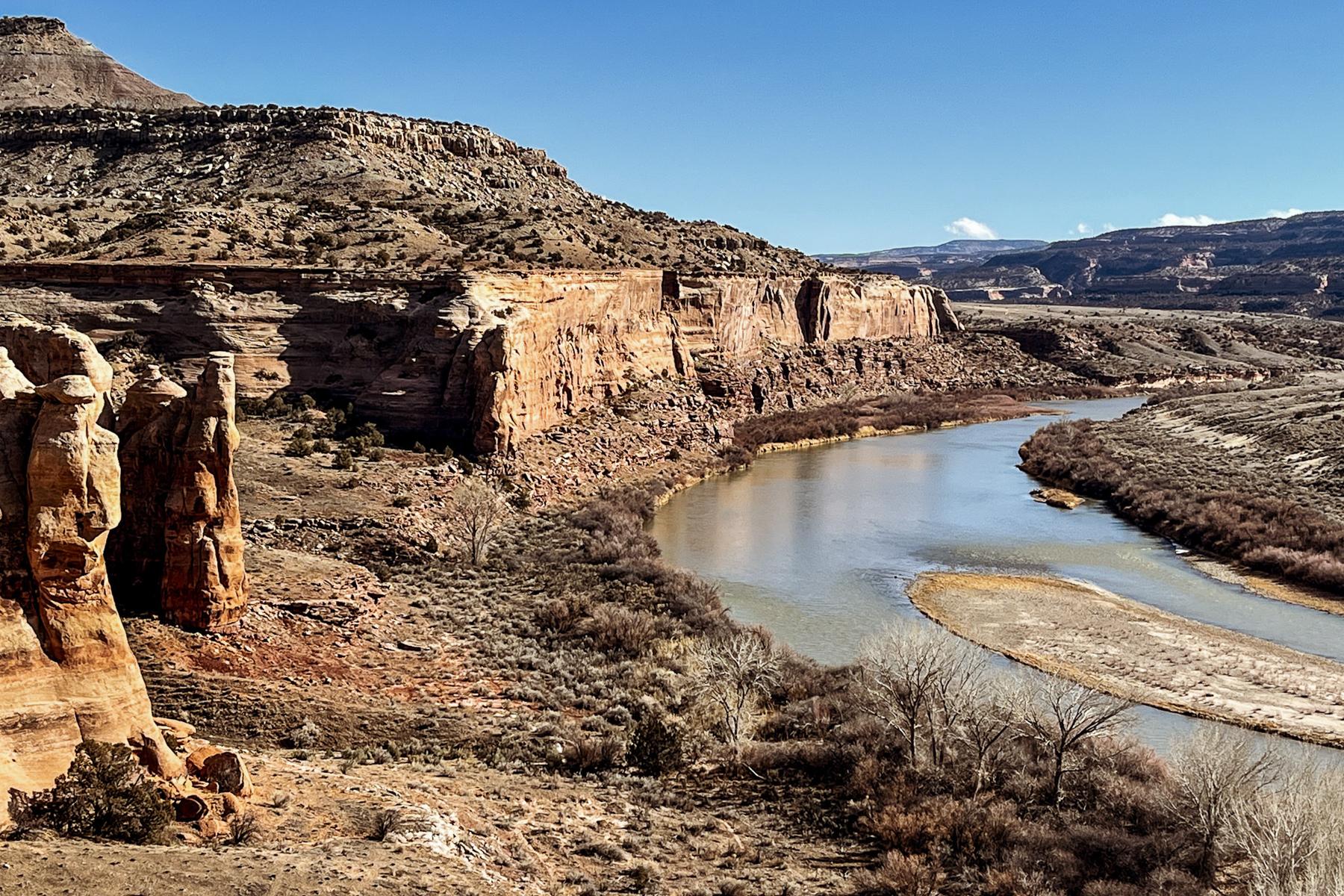
For the second time this summer, a blistering heat wave brought record-breaking temperatures to the state and experts say heat waves are becoming more common because of climate change.
Grand Junction hit 107 degrees on Friday, breaking its all-time record high of 106 degrees. Pueblo broke its record for the day when it reached 103 degrees. Alamosa and Colorado Springs also tied their previous daily records.
“Even up there in the Northern part of the state, it's really hot,” said Dennis Phillips, a meteorologist with the National Weather Service in Grand Junction.
He added that Hayden, near Steamboat Springs, also tied a record.
“Cortez and Durango haven't quite been as close to records, but they're still recording temperatures in the upper-90s to some in the triple digits. So yeah, it's been hot everywhere,” he said.
The heat isn’t going to persist quite as long as it did in June. A cold front is moving into metro Denver that will cool things off this weekend and into early next week. Grand Junction will cool down mid-next week, but more heat and drought is expected due to climate change.
“Making changes to reduce greenhouse gas emissions to stem the tide of climate change is important and a direction that we need to move in, in one way or another, but the influences of that won't be felt for some time in the future,” said Russ Schumacher, the state’s climatologist with Colorado State University. “In the shorter term, it's more of what can people do to prepare for a heat wave.”
Vulnerable people need access to places that are cool, he added. The high temperatures can cause heat-related illnesses.
Between 2000 to 2020, there were 50 heat-related deaths in Colorado, according to the Colorado Department of Public Health and Environment. The years with the most deaths include 2005, 2012 and 2020, each of which had six deaths.
Had Denver hit 100 degrees Friday, it would have been the 100th 100-degree day since weather keeping in the city first started in the 1870s. For more than 100 years, there were a handful of 100 degree days recorded each decade. Then in the 1980s, the number started to climb. The 2000s saw 23 days, the 2010s saw 24 days, and in the first two years of the 2020s, there have been 7 days of 100-degree temperatures.
The National Weather Service issued a wildfire warning for parts of Western Colorado on Saturday. The hot and dry weather, combined with gusty wind makes for prime wildfire conditions. Last year was the worst wildfire year on record for Colorado, and this year promises to bring another formidable wildfire season.
This year has not had as many major fires yet, but half the state is currently experiencing some level of drought. Colorado, especially the Western half of the state, has been in a vicious cycle of having hot and dry summers that keep soils dry, which affects agriculture, forests and rivers.
Schumacher, the climatologist, said that leads to dry vegetation and less moisture in the air, raising the temperature of the atmosphere.
“Now we've been in this persistent drought for quite some time and it's not just Colorado, it's all across the Southwest,” Schumacher said. “We're seeing these declines in the reservoirs, declines in streamflow, and that's going to have impacts on water resources for lots and lots of people.”
- Last year's wildfire season was historic. Experts say Coloradans should brace for more destructive wildfires in 2021, too.
- Drought and wildfire conditions are dire in Western Colorado. What can the state's Congress members really do to help?
- Ongoing drought conditions are drying up parts of the Colorado River. So, wildlife officials are asking anglers not to fish in this stretch.
- Wildfires are getting worse, and so is a firefighter shortage. Climate change and low pay aren't helping either issue.
- Wait, but hasn't it been raining a lot in Denver and on the Front Range? Yes, but the Western Slope is still drought-stricken, and that's where half of the Front Range's water comes from.
- The areas burned by wildfires are more susceptible to flash flooding. Here's how that happens, and what to know if you're in a burn scar that's become a flash flood zone.









